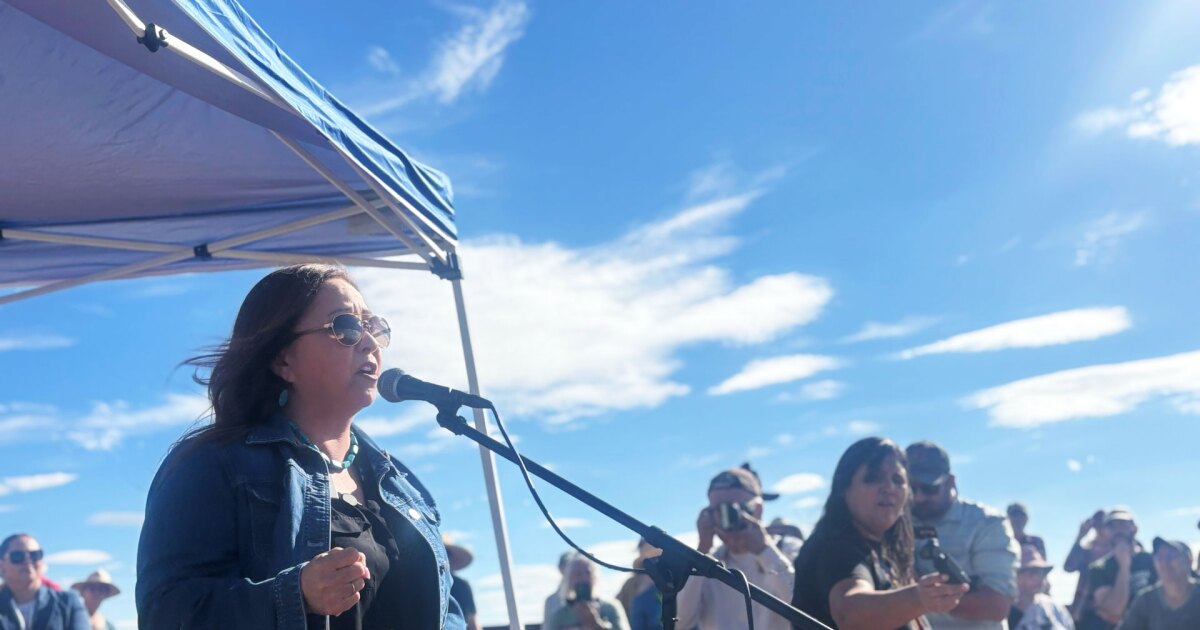BOZEMAN — At the Montana Fish, Wildlife and Parks Region 3 Headquarters, a unique event unfolded on Wednesday night. Tables were set with deer heads, offering a hands-on opportunity for the public to learn about Chronic Wasting Disease (CWD). This neurological disease affects deer, elk, and moose and is caused by prions, misfolded proteins that resist breakdown and spread through contact and bodily fluids. Attendees received expert guidance on extracting lymph nodes for CWD testing.
Chronic Wasting Disease is always fatal, with animals potentially spreading it before showing symptoms. While no human cases have been reported, the state invests significant resources to manage CWD. “We have to respond pretty rapidly when we get a first detection,” said FWP wildlife biologist Bevin McCormick. The event, featuring practical demonstrations, highlighted the ease of lymph node removal. Montana State freshman Candace Ashworth appreciated the experience, finding it relevant to her hunting activities.
Removing lymph nodes is straightforward, with FWP facilities offering assistance. Samples can also be mailed in. Quick results are possible, especially near the FWP headquarters testing site. It’s vital to test animals, as symptoms aren’t always visible. Jasmine Allison from FWP noted, “Even if you did the whole process with us at one of our stations, 15 minutes, max.” Hunters are advised to leave a few inches of neck to facilitate gland recovery.
Since Montana’s first confirmed CWD case in 2017, the state has prioritized surveillance. In the 2024-25 hunting season, nearly 10,000 animals were tested, with 356 testing positive. The CWD annual report indicates the disease’s presence in 30% of hunting districts. New cases emerged in seven districts, expanding geographic distribution. Some areas are CWD hotspots, and management hunts are considered in places like Libby.
Importantly, CWD isn’t a significant threat to cattle. A University of Wyoming study found low transmission risks to cattle, even with prolonged exposure. Meanwhile, the Confederated Salish and Kootenai Tribes (CSKT) await confirmation of a second CWD case in a white-tailed deer on the Flathead Indian Reservation. Tribal authorities emphasize testing to prevent further spread.
CSKT awaiting confirmation on CWD test
Tribal authorities said Thursday that a second case of CWD was awaiting confirmation from a white-tailed deer harvested on the Flathead Indian Reservation. CSKT’s Division of Fish, Wildlife, and Recreation and Conservation is awaiting the results of the test from a second laboratory. A confirmed positive result was found in January, a tribal press release said. “Our goal is to protect the community and prevent further spreading within our Reservation,” Rich Janssen, Natural Resources Department Head said in a release. “Tribal hunters need to be testing their harvests.”
—
Read More Montana News










